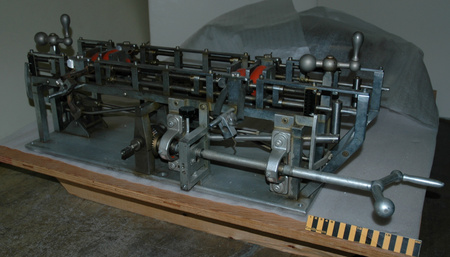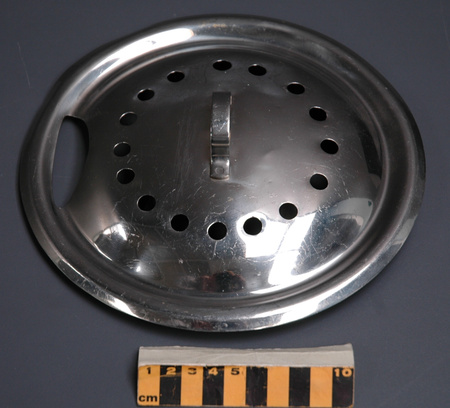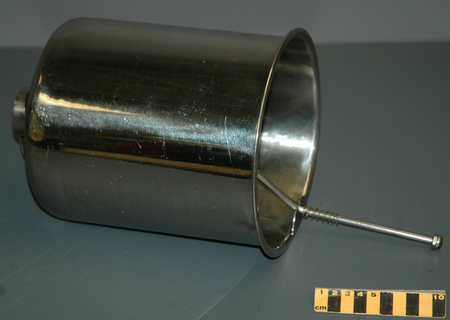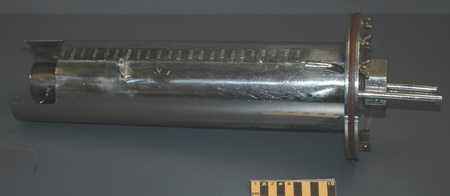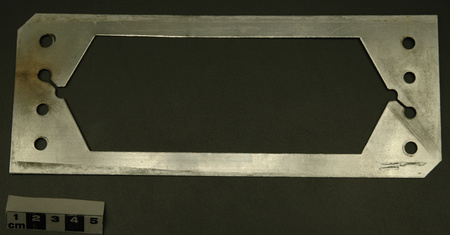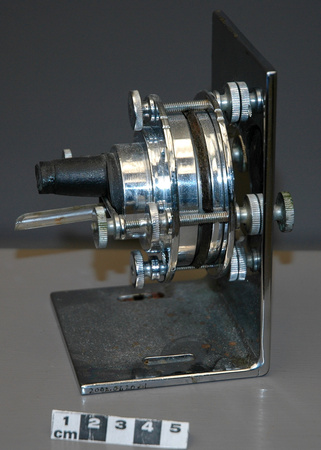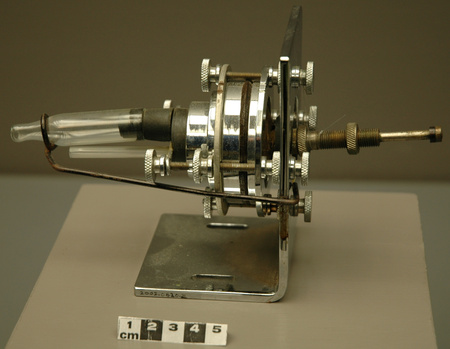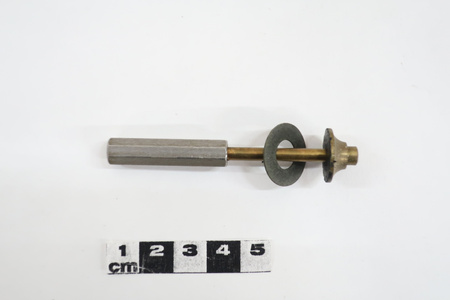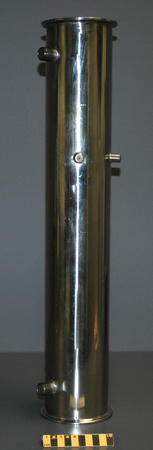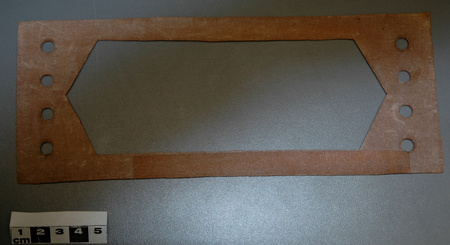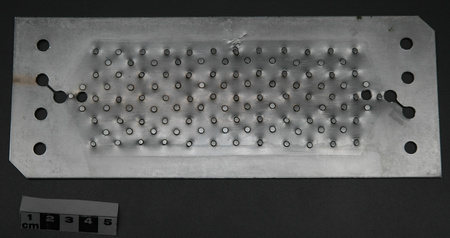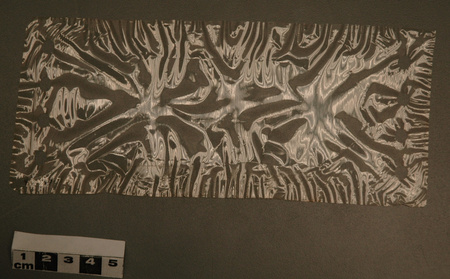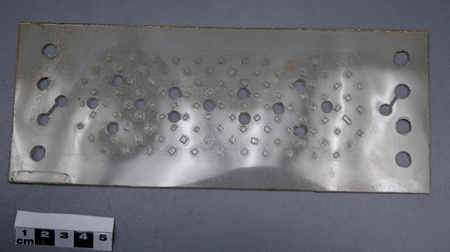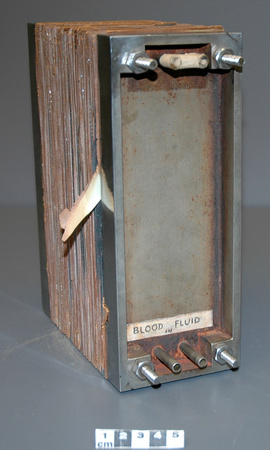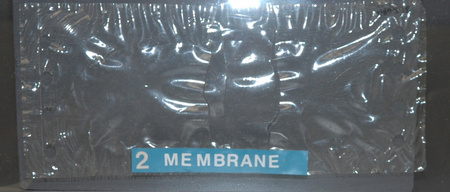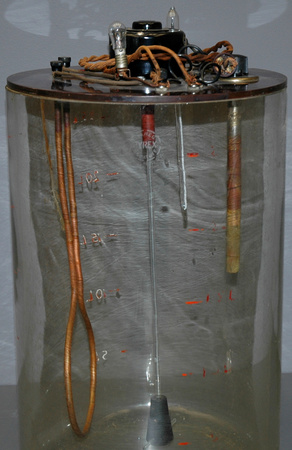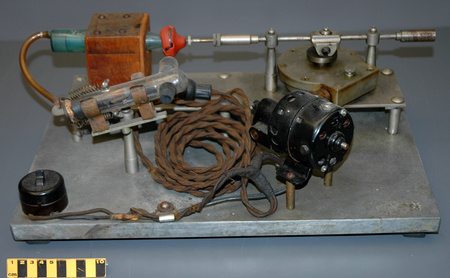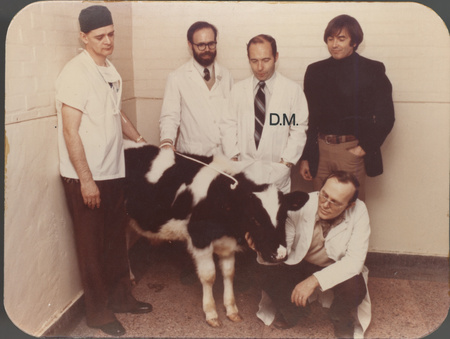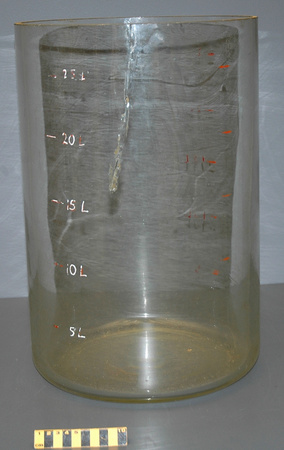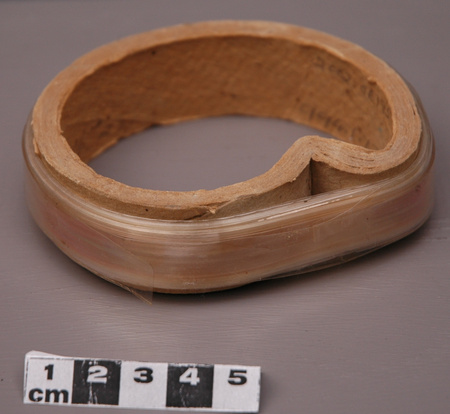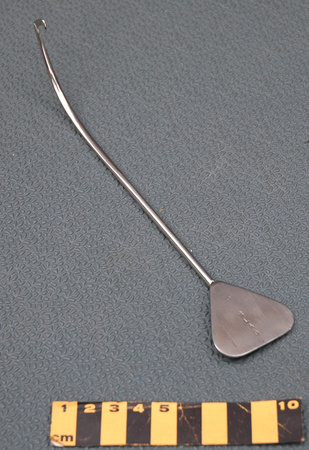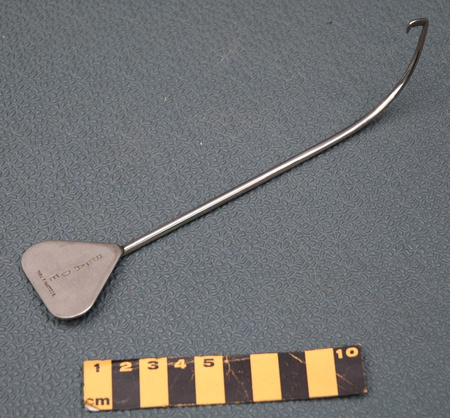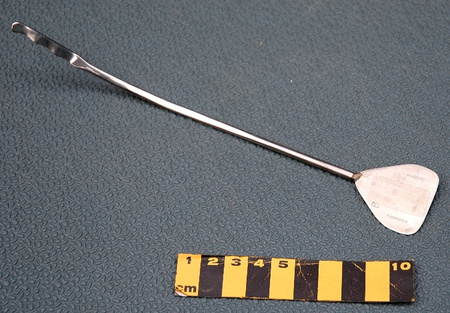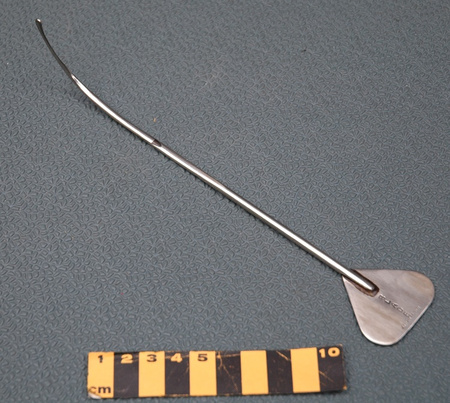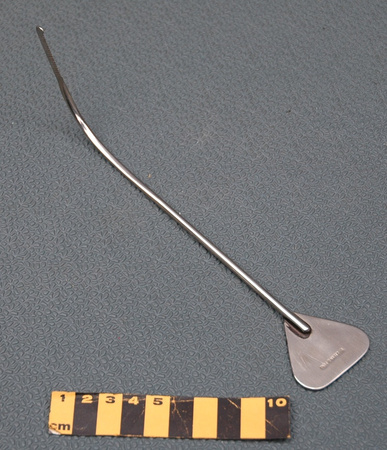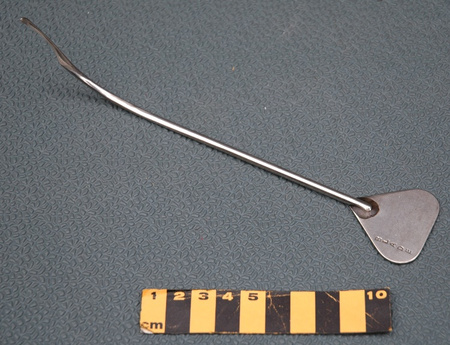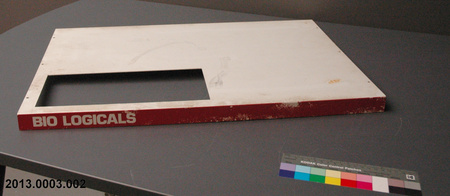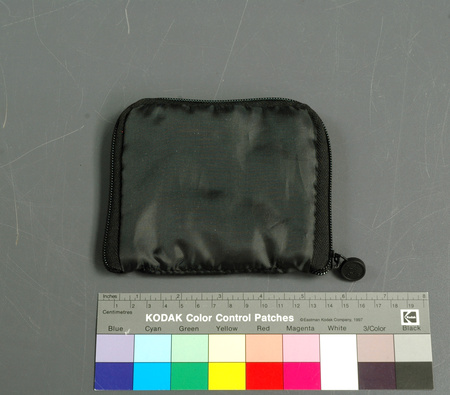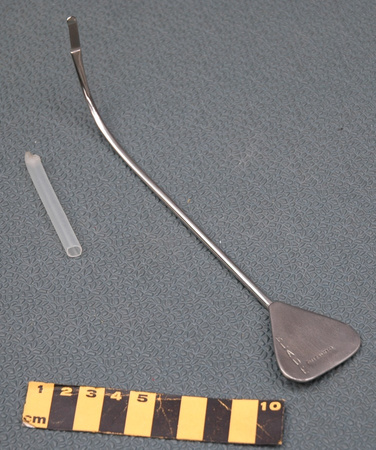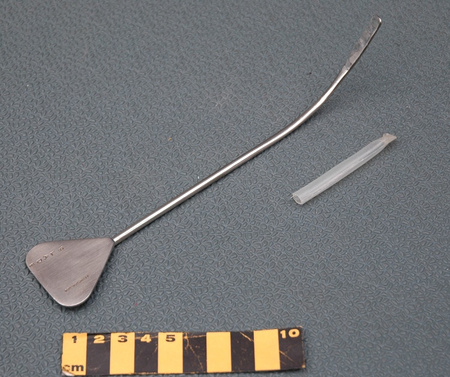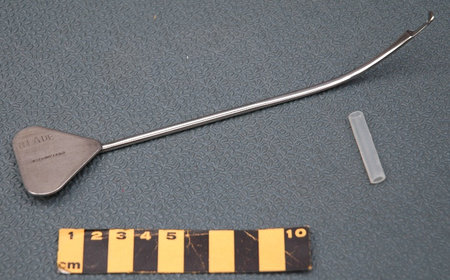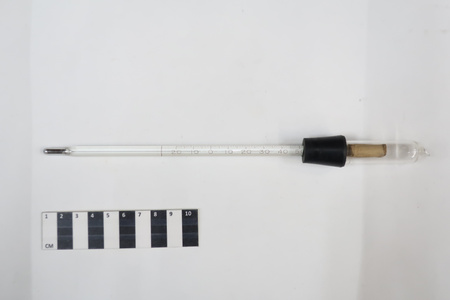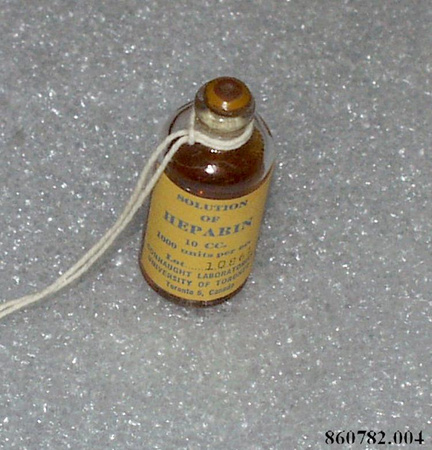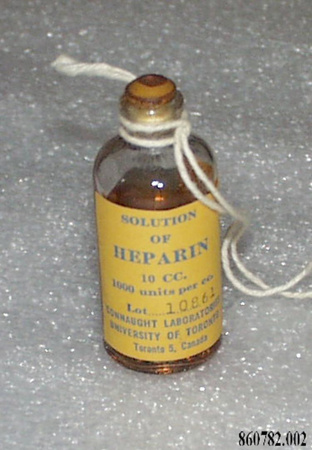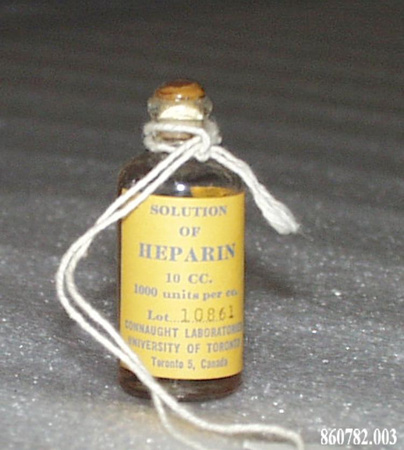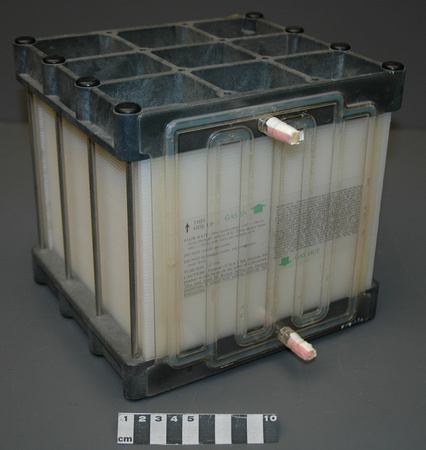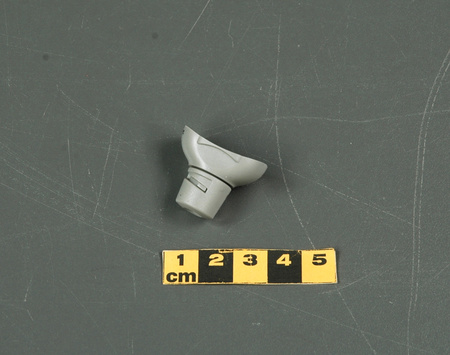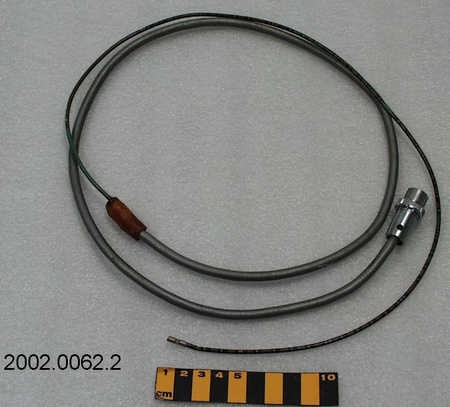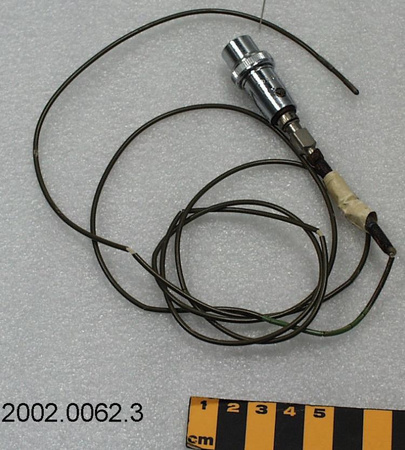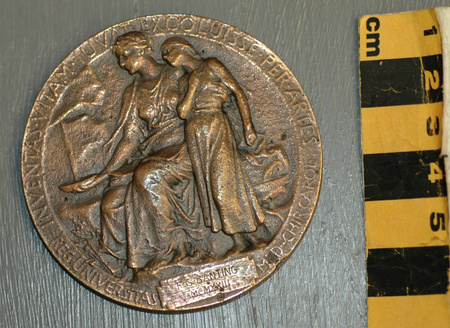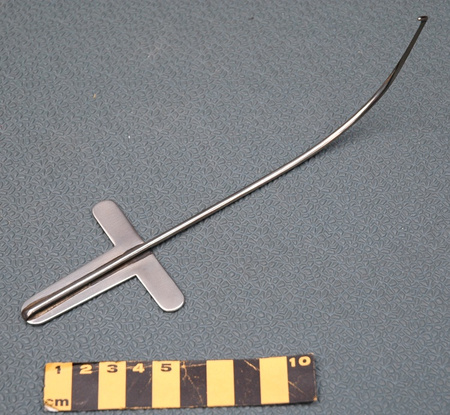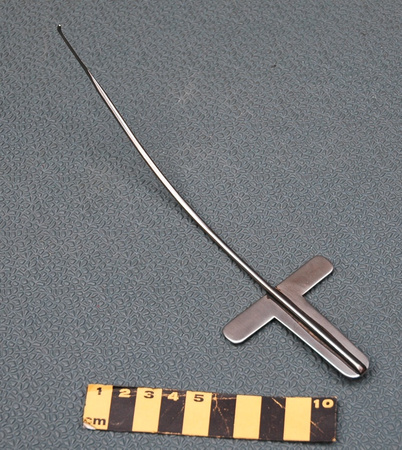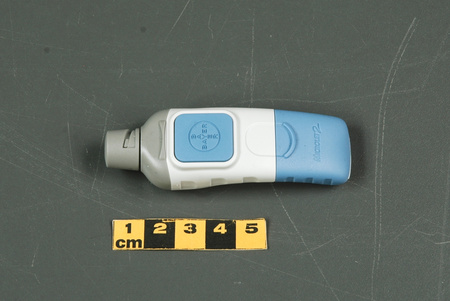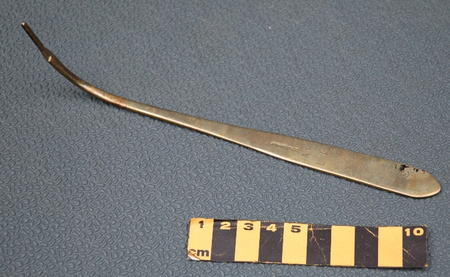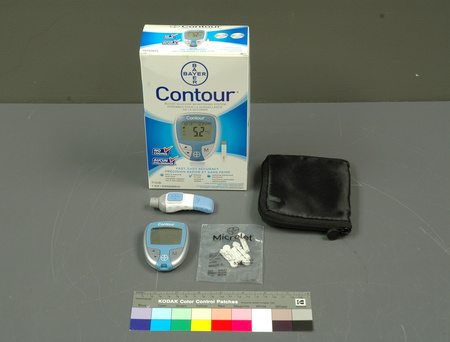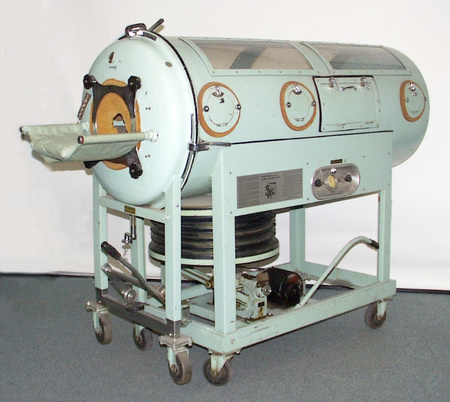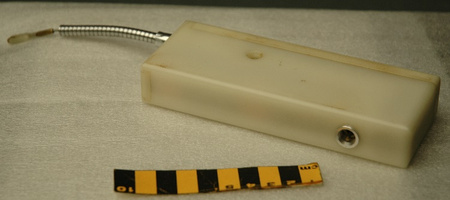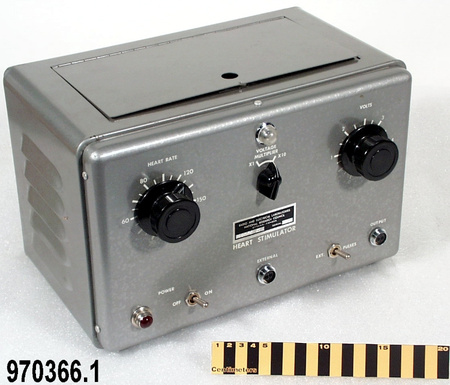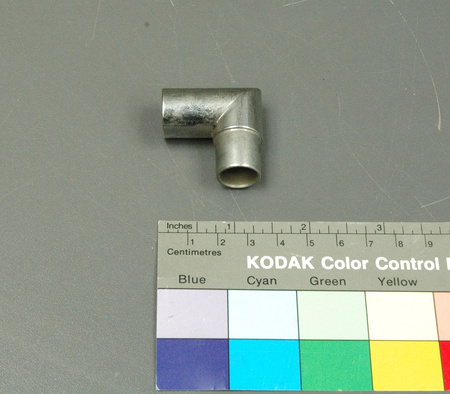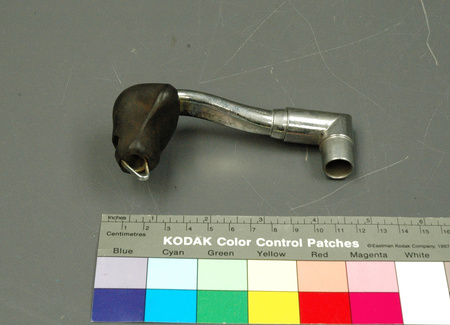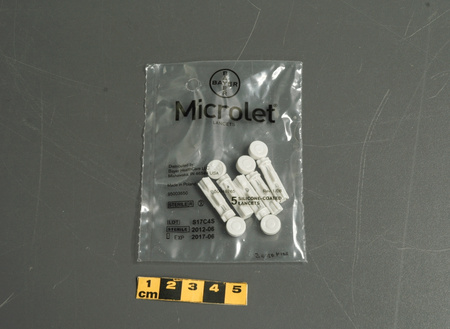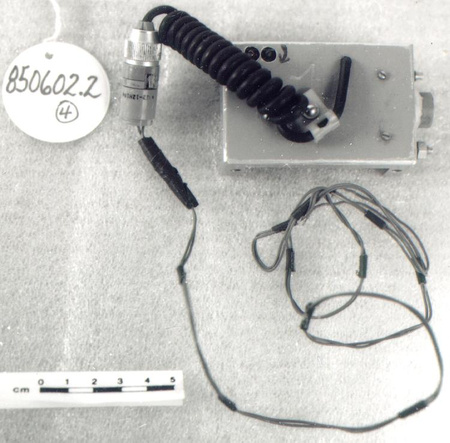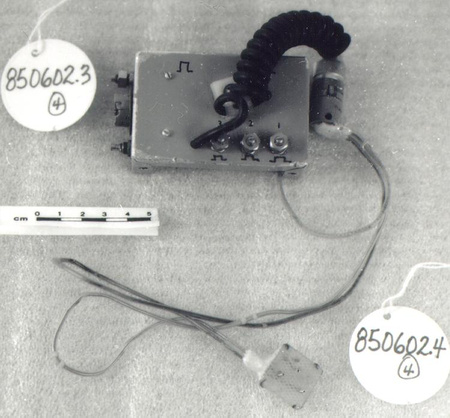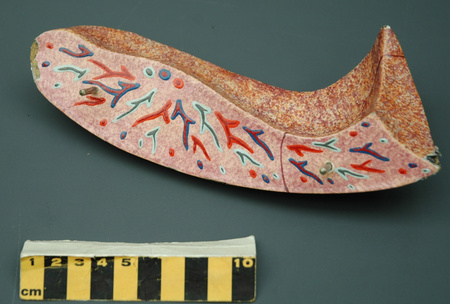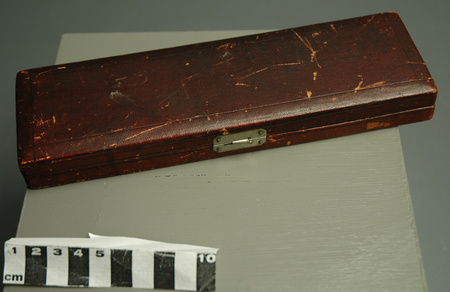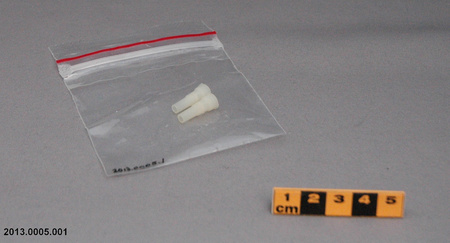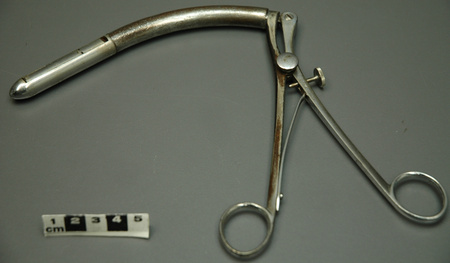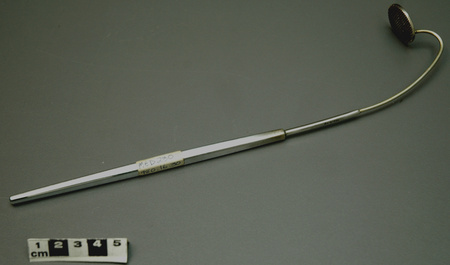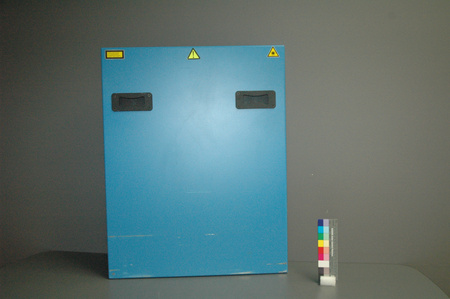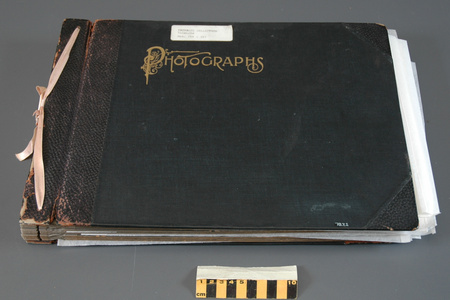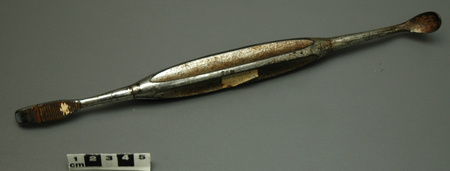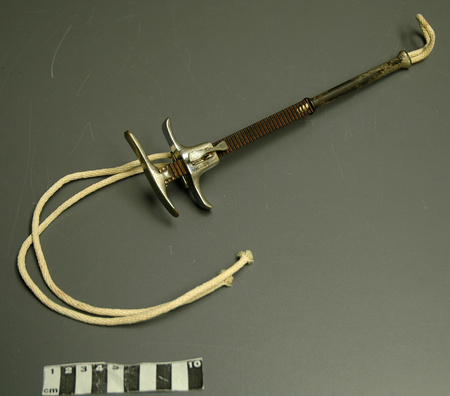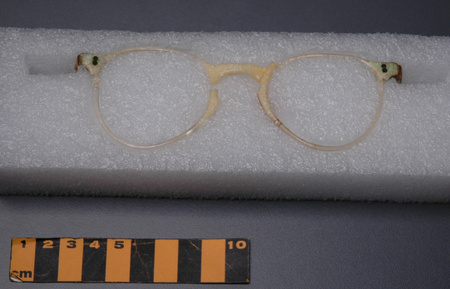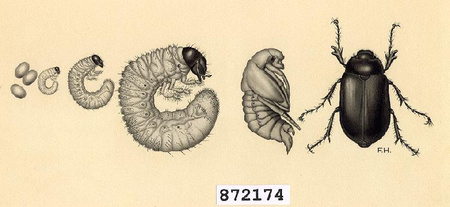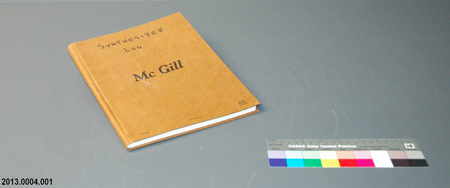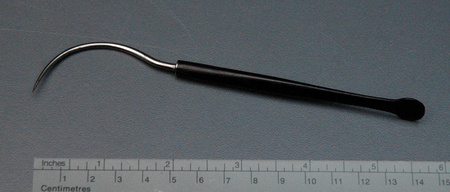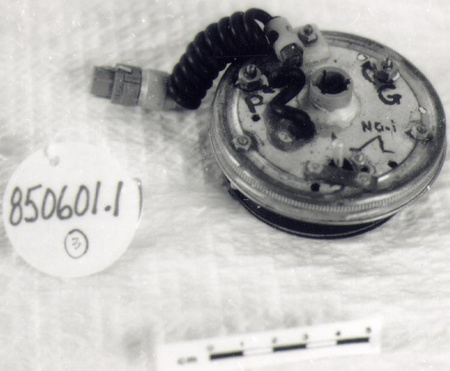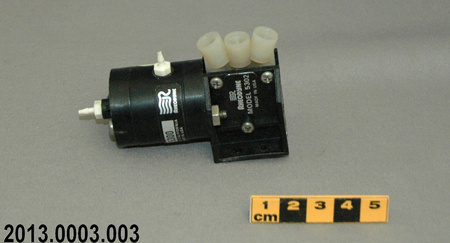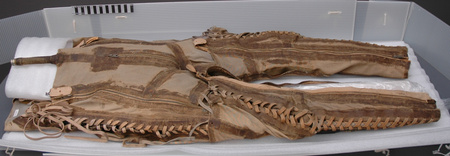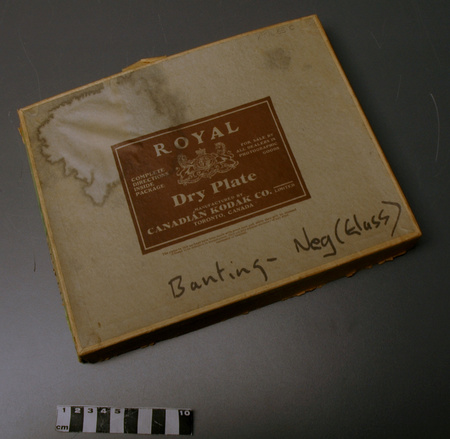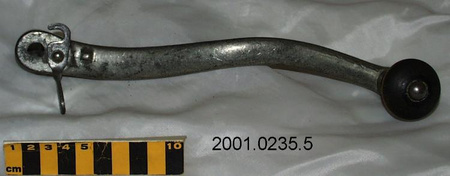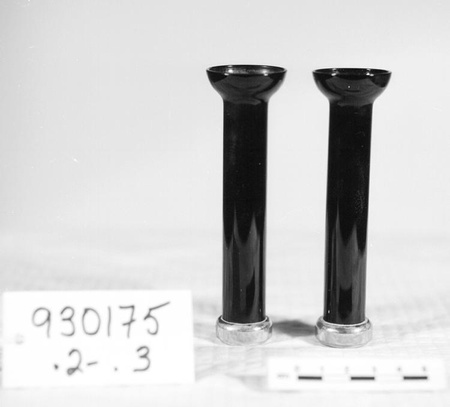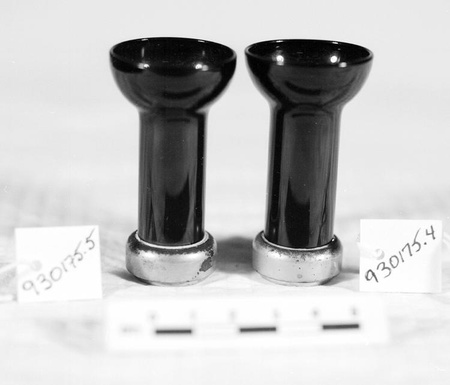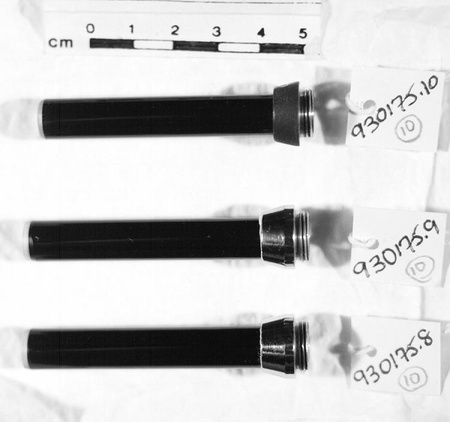Artificial heart-lung machine
Use this image
Can I reuse this image without permission? Yes
Object images on the Ingenium Collection’s portal have the following Creative Commons license:
Copyright Ingenium / CC BY-NC-ND (Attribution-NonCommercial 4.0 International (CC BY-NC 4.0)
ATTRIBUTE THIS IMAGE
Ingenium,
2002.0552.001
Permalink:
Ingenium is releasing this image under the Creative Commons licensing framework, and encourages downloading and reuse for non-commercial purposes. Please acknowledge Ingenium and cite the artifact number.
DOWNLOAD IMAGEPURCHASE THIS IMAGE
This image is free for non-commercial use.
For commercial use, please consult our Reproduction Fees and contact us to purchase the image.
- OBJECT TYPE
- MECHANICAL
- DATE
- 1950
- ARTIFACT NUMBER
- 2002.0552.001
- MANUFACTURER
- Unknown
- MODEL
- Unknown
- LOCATION
- Toronto, Ontario, Canada
More Information
General Information
- Serial #
- prototype
- Part Number
- 1
- Total Parts
- 1
- AKA
- N/A
- Patents
- N/A
- General Description
- metal (primarily brass); wooden knobs on hand cranks.
Dimensions
Note: These reflect the general size for storage and are not necessarily representative of the object's true dimensions.
- Length
- 80.0 cm
- Width
- 37.0 cm
- Height
- 22.0 cm
- Thickness
- N/A
- Weight
- N/A
- Diameter
- N/A
- Volume
- N/A
Lexicon
- Group
- Medical Technology
- Category
- Research
- Sub-Category
- N/A
Manufacturer
- AKA
- Cowan
- Country
- Canada
- State/Province
- Ontario
- City
- Toronto
Context
- Country
- Canada
- State/Province
- Ontario
- Period
- This machine used c. late 1940s.
- Canada
-
Heart-lung machine was built by Dr. Campbell R. Cowan (b.1906) Banting and Best Dept. of Medical Research, University of Toronto, in late 1940s. It was made for Drs. A. L. Chute & William Mustard of the Hospital for Sick Children, Toronto. Dr. Cowan was a very talented designer and builder of mechanical devices. From 1930-1971 he served as Research Associate to Comptroller, Banting and Best Dept. of Medical Research (and with cross- appointment to Dept. of Physiology, University of Toronto) Cowan was largely responsible for the development of apparatus used by Dr. George Clowes in his surgical approach to the mitral valve of the dog's heart. He also developed an extracorporeal chamber making possible the study of extremely thin films of blood with particular reference to platelets, platelet clumping and thrombosis. Dr. Cowan published numerous papers with members of the Dept. on various subjects, including several with Dr. Best on the prevention of thrombosis. During WWII he served as an officer in the R.C.N. Medical Research division, studying protective clothing and ditching suits designed to provide greater protection for soldiers forced to abandon ship. (Ref. 4) - Function
-
To bypass living heart, so that surgeon may work in a relatively bloodless field. - Technical
-
One of a series of artificial heart-lung machines used in experimental surgery on animals. The machine ensures that the entire body in supplied with oxygenated blood: this provides for the healthy functioning of the kidney, liver and spinal cord throughout the surgery. (Ref. 5) For technical explanation of process of re-routing blood from body through machine, please see Ref. 5. Please see also later version of artificial heart-lung machine 2002.0553. - Area Notes
-
Unknown
Details
- Markings
- None, save UHN catalogue no. "970.11.11" printed by hand in white ink on base.
- Missing
- Incomplete: specific missing parts & accessories unidentified.
- Finish
- All metal (mostly brass) construction, save wooden knobs on crank handles; 2 metal brackets painted white. Heavily soiled; heavy covering of grease & dirt covers machine.
- Decoration
- N/A
CITE THIS OBJECT
If you choose to share our information about this collection object, please cite:
Unknown Manufacturer, Artificial heart-lung machine, before 1950, Artifact no. 2002.0552, Ingenium – Canada’s Museums of Science and Innovation, http://collection.ingenium.ca/en/id/2002.0552.001/
FEEDBACK
Submit a question or comment about this artifact.
More Like This
